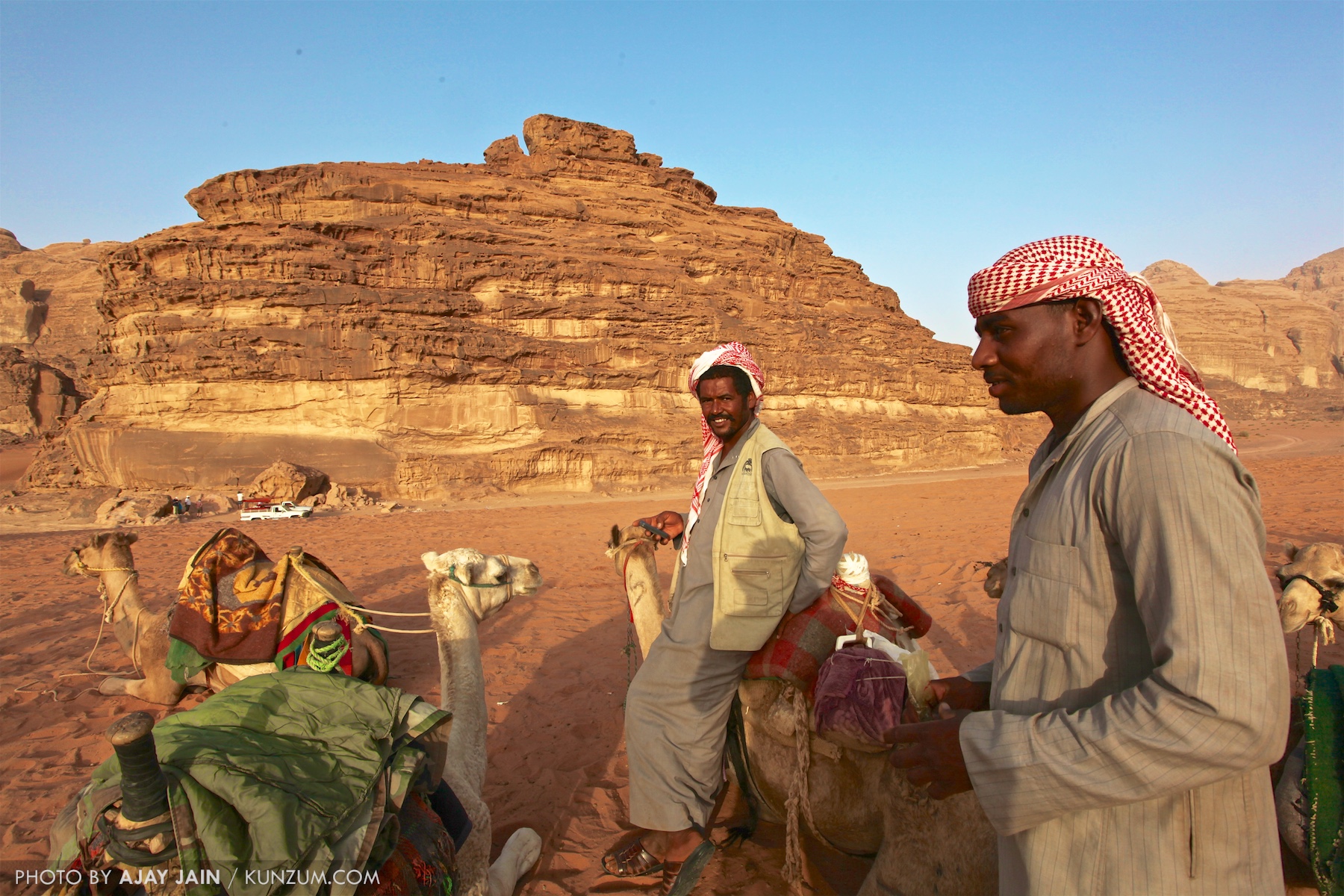
I have been to Jordan twice and can go back a few more times. Not just to re-visit the wonders I have already experienced but also to discover new ones. And to meet even more Jordanians – they are a wonderful lot to put it simply.
Despite being surrounded by noisy and quarrelling neighbours, Jordan bought its peace decades ago. It is literally an oasis of calm where multiple nationalities, religions and histories co-exist in harmony. The country its proud of its heritage, and its manmade and natural wonders.
JORDAN: A 6-DAY ITINERARY
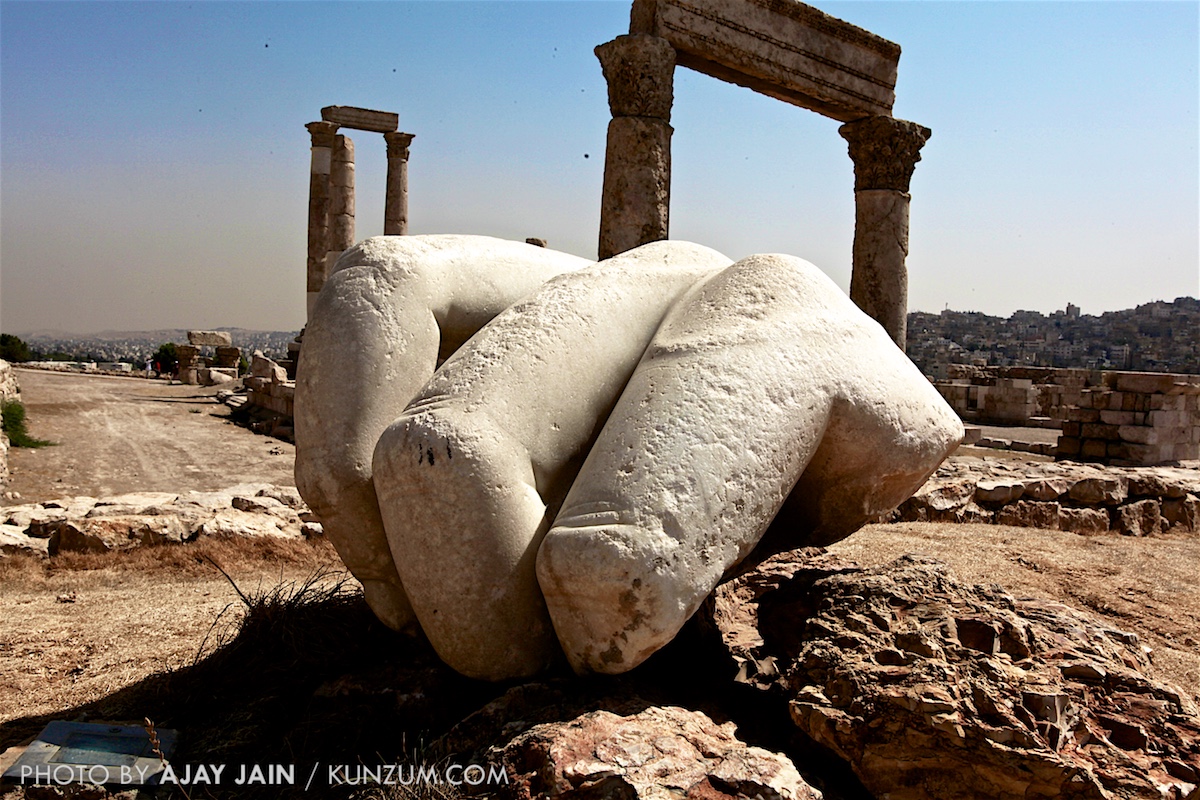
DAY 0: LAND IN JORDAN
This is likely to be the day you land in the capital Amman, located on a hill between the desert and the fertile Jordan Valley. Depending on the flight timings, you may or may not have time and energy to go around the city. If you have the evening free, head to The Citadel. In any case, go for a traditional Jordanian / Arabic meal in the evening – you will love the cuisine. Sleep well at night.

DAY 1
This will be your first full day of excursions. Head to Jerash – one of the best preserved Roman provincial towns in the world. You can easily spend half a day here. Drive to Ajlun Castle from there – an hour should be enough for the visit. Head back to Amman for an evening at The Citadel if not done the previous day. Spend the evening on Rainbow Street for a restaurant and bar crawl – it is ok to feast while on holiday.
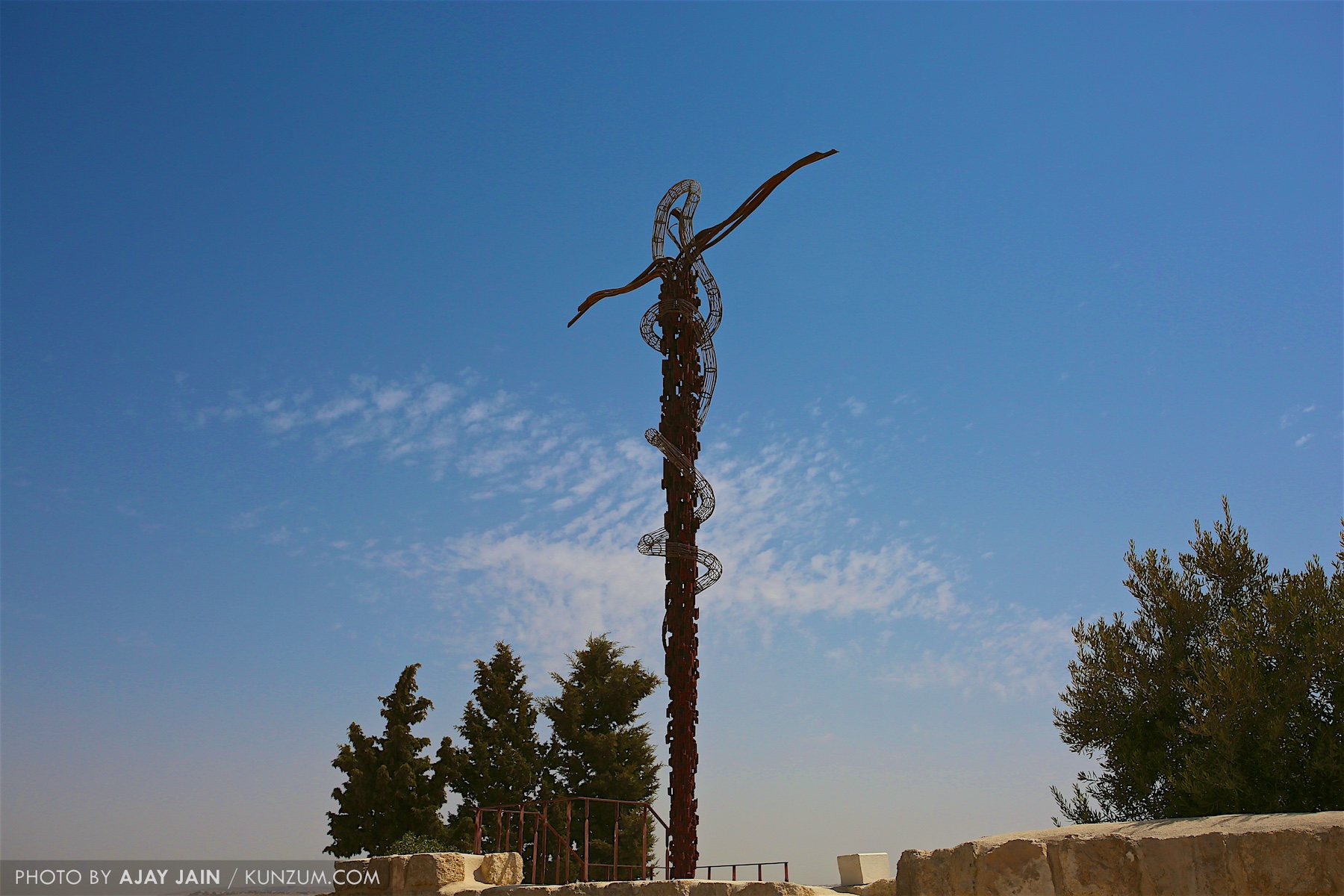
DAY 2
Start the day with religious tourism in Madaba, Bethany and Mount Nebo. After a few hours there, head to Petra, truly one of the wonders of the planet. How the Nabataeans carved such a gigantic city out of rock faces confounds the mind. You can never get enough of this UNESCO World Heritage Site. Recommend you spend all daytime hours here – and then go in for a night viewing too; the latter is not always an option as it is open only on select days of the week. Walk the short market street of Petra town in the evening, and grab a bite in one of the many restaurants there.
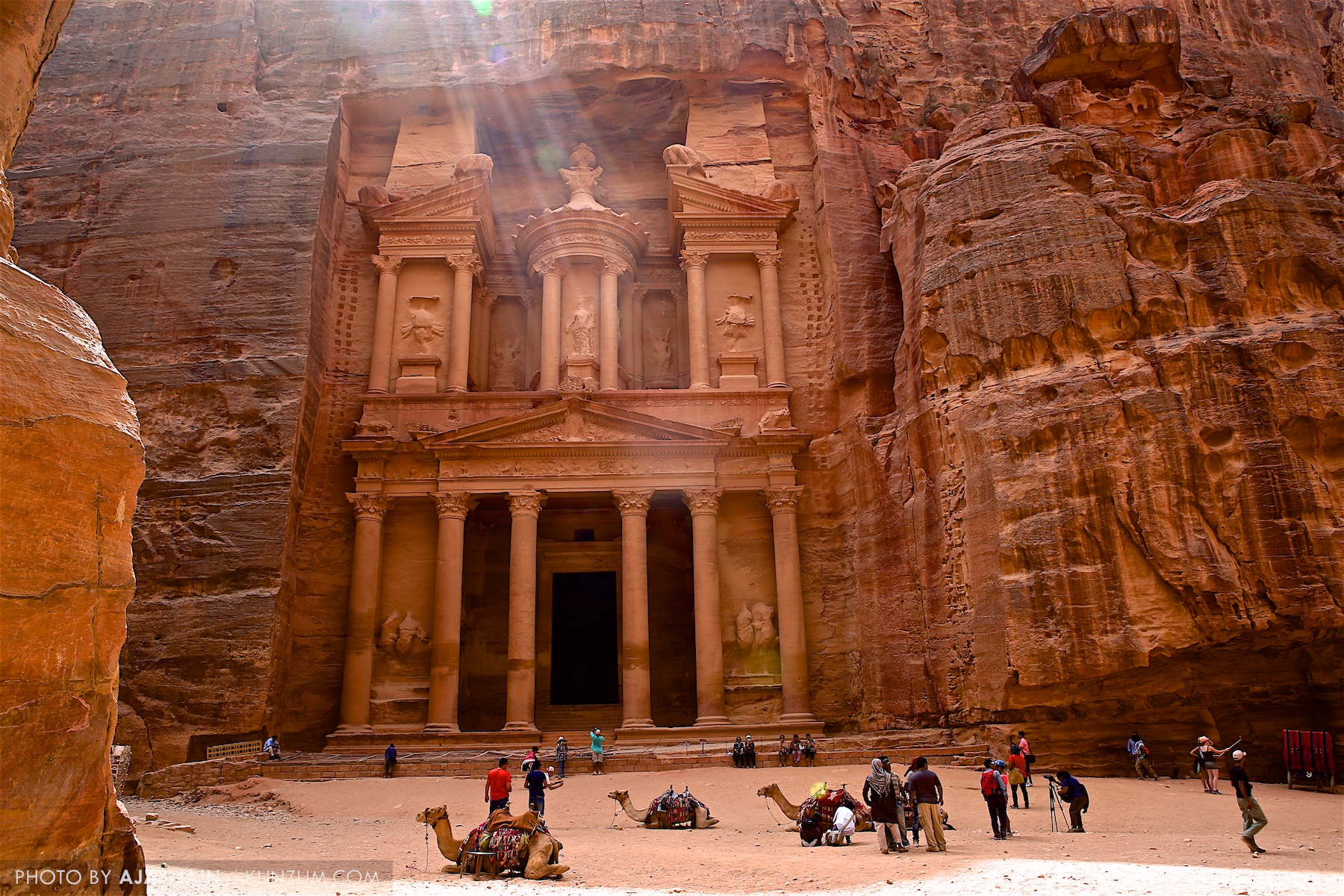
Petra was an important junction for the silk, spice and other trade routes that linked China, India, and southern Arabia with Egypt, Syria, Greece, and Rome. The Nabataean Kingdom existed for centuries, and Petra became widely admired for its refined culture, massive architecture and ingenious complex of dams and water channels. Ultimately, however, the Roman Emperor Trajan annexed the Kingdom. By the 14th century, Petra was completely lost to the West, and so it remained for almost 300 years. Then in 1812, a Swiss traveller, Johann Ludwig Burckhardt, persuaded his guide to take him to the site of the rumoured lost city. Secretly making notes and sketches, he wrote: “It seems very probable that the ruins at Wadi Musa are those of the ancient Petra.”
DAY 3
Spend the full day in Petra, and also make a side trip to Little Petra – it is, as the name suggests, a smaller version of Petra and has its own charm.

DAY 4
Head to the Red Sea port city of Aqaba – for a day of water sports and snorkelling to get a closer look at corals. Spend the night here.

DAY 5
You could spend the morning out in the sea in Aqaba. And then drive to Wadi Rum for its maze of monolithic rockscapes rising upto 1,750 metres from the desert floor. T. E. Lawrence of Arabia and Sharif Faisal Bin Huessin based their headquarters in Wadi Rum during the Arab revolt against the Ottomans in World War I – those who have seen the film Lawrence of Arabia will know. Wadi Rum was in the news again recently – depicting the planet Mars in the film The Martian starring Matt Damon.
Wadi Rum is best enjoyed in the evening when the sun is setting – if you can, spend the night stargazing in one of the camps in the desert. Head to the Dead Sea if not staying overnight here.
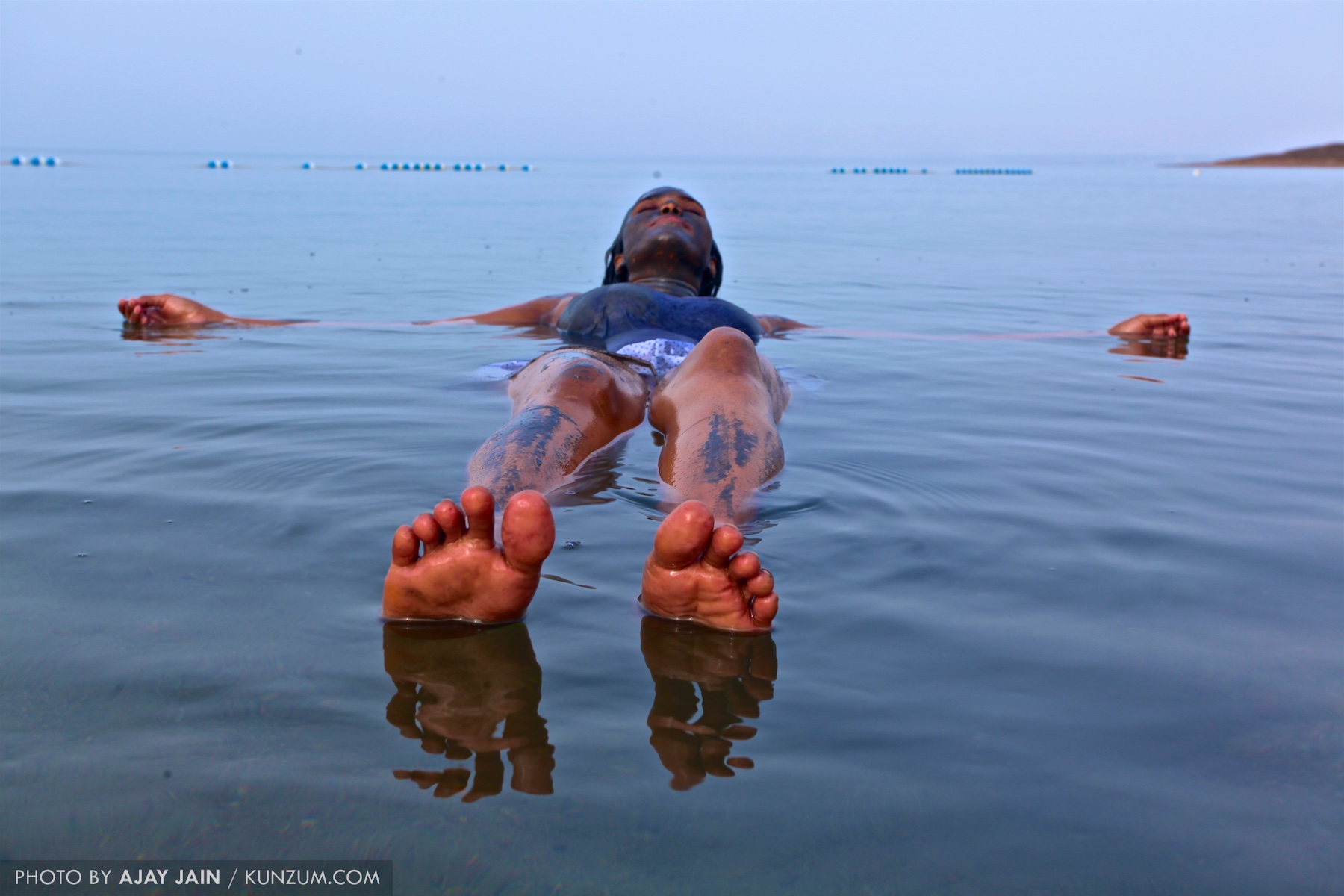
DAY 6
Spend the last day of the trip floating lazily in the Dead Sea – the lowest spot on the planet. You could be here for a few hours or overnight; don’t forget to get yourself pampered in one of the many spas in hotels along the sea. Head out to Amman from here to catch your flight back.
